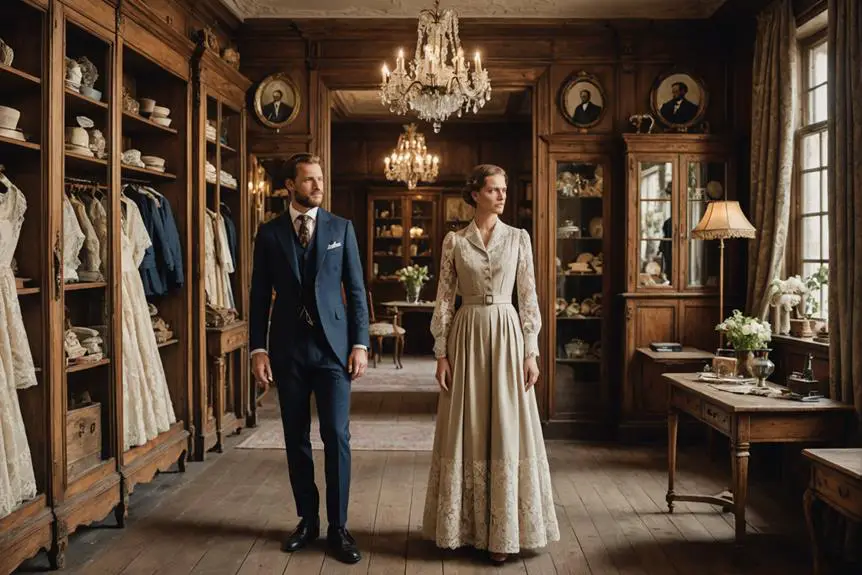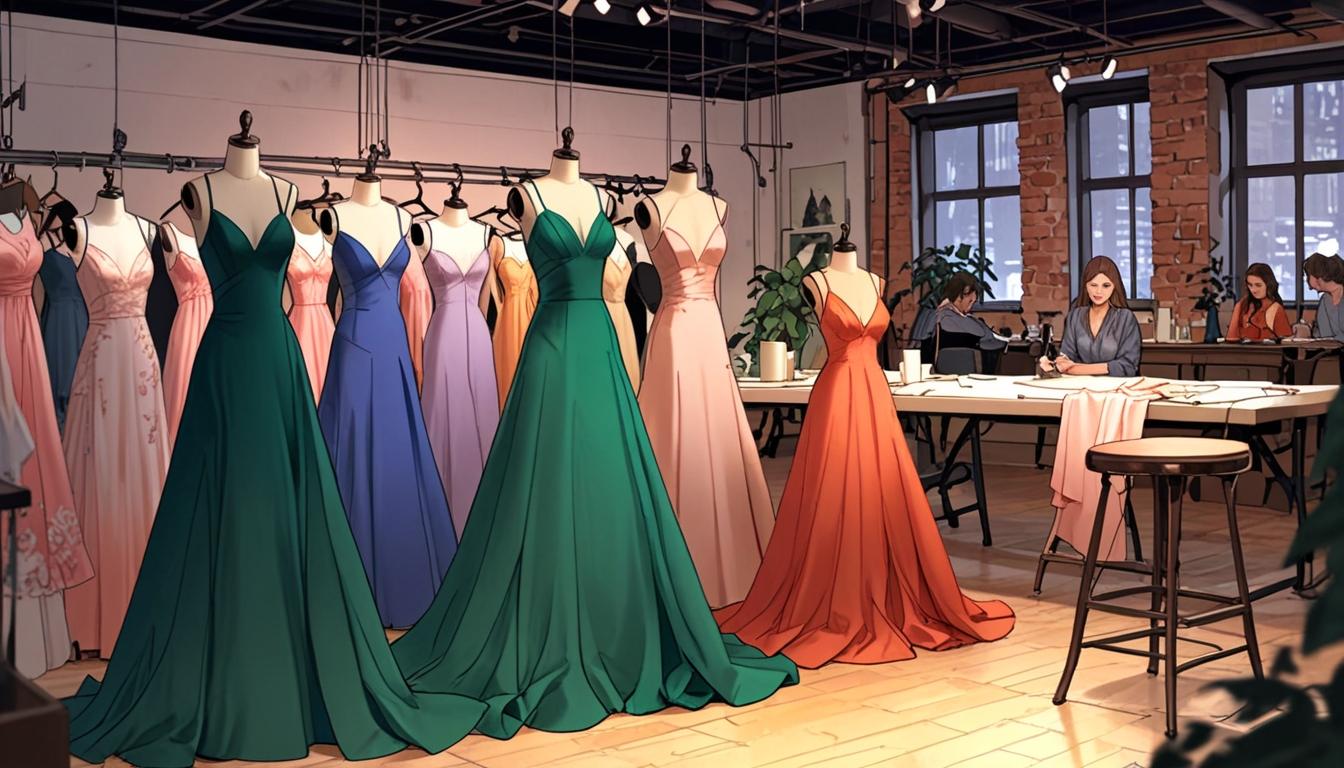When you explore the oldest German fashion brands, you'll encounter pioneers like Hugo Boss and Adidas. Founded in 1924, Hugo Boss initially crafted uniforms before transforming into a luxury powerhouse, while Adidas, renowned for revolutionizing sportswear, emerged much earlier in 1924 as well. You'll also find Puma, which ranks as a leading global sportswear manufacturer. These brands showcase Germany's remarkable evolution from practical clothing to high-end luxury. In addition, the influence of iconic designers like Karl Lagerfeld and Jil Sander has redefined fashion's landscape. There's so much more to uncover about this vibrant industry, so keep discovering!
Historical Overview of German Fashion
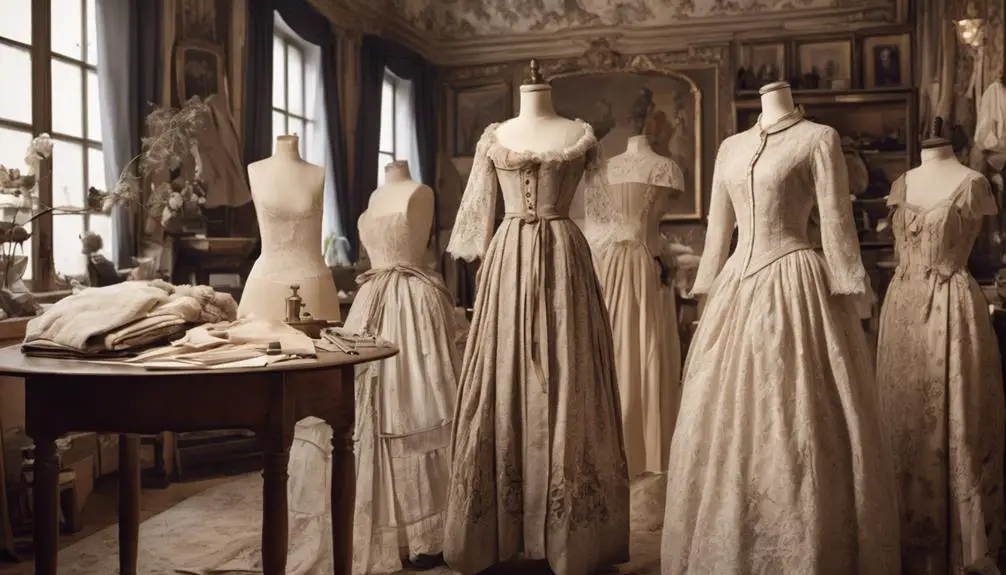
Historical Overview of German Fashion
What defines the evolution of German fashion? It all starts with a rich historical overview that showcases a remarkable transformation. The oldest active German fashion brand, Hugo Boss, laid the groundwork in 1924, initially producing uniforms before venturing into luxury fashion. This shift marked a pivotal moment in the fashion industry, signaling the emergence of German fashion designers who would shape a new era of style. Additionally, the emergence of brands like Burberry, known for their distinctive logos and tag evolution, reflects the importance of branding in fashion history, showcasing how identity can influence market positioning the evolution of brand identity.
Another important figure in this evolution is Karl Lagerfeld, born in Hamburg. His contributions to major fashion houses, including Chanel, helped to elevate German fashion on the global stage. The influence of designers like Lagerfeld paved the way for haute couture and luxury fashion, establishing Germany as a serious player in the industry.
Furthermore, the growth of brands such as Lanvin, which started as a hatmaking business in 1889, illustrates the versatility and ambition of German fashion houses. As you explore the Berlin Fashion Week today, you can see this evolution manifesting in vibrant presentations that celebrate innovation and craftsmanship.
From practical clothing designs in the early 20th century to the contemporary luxury offerings we admire now, the trajectory of German fashion is both inspiring and multifaceted. You'll find that this journey not only reflects the changing tastes of society but also highlights the enduring legacy of influential designers and their commitment to excellence. So, immerse yourself in the fascinating world of German fashion and discover how its rich history continues to influence today's trends!
Iconic German Fashion Brands
When it comes to iconic German fashion brands, several names immediately stand out and have made a lasting impact. These brands have shaped both the domestic and international fashion landscape, each with its unique story and contribution to luxury fashion. Adidas, known for its vintage logo evolution, revolutionized sportswear, becoming Europe's largest sportswear manufacturer. Hugo Boss evolved from uniform production during World War II to a global luxury fashion powerhouse. Puma influenced athletic wear considerably, standing as the third-largest sportswear manufacturer. MCM is known for luxury leather goods, its distinctive logo has become a symbol of status. Escada defined contemporary women's luxury fashion with its elegant designs.
The Hugo Boss company is particularly remarkable as it has changed from its early roots into a brand synonymous with refined luxury. Known for its tailored suits and high-quality materials, it continues to attract customers through its retail stores worldwide, generating impressive sales figures each year. Likewise, Adidas and Puma have not only made a name in sportswear but also in street style, merging function with iconic fashion.
As you explore these brands, you'll see how they've not only influenced fashion trends in Germany but also paved the way for up-and-coming labels, inspiring initiatives like Germany's Next fashion designers. Embracing their history and innovation, these brands continue to evoke a sense of pride and excitement in the ever-evolving world of fashion.
Significant Designers in Germany
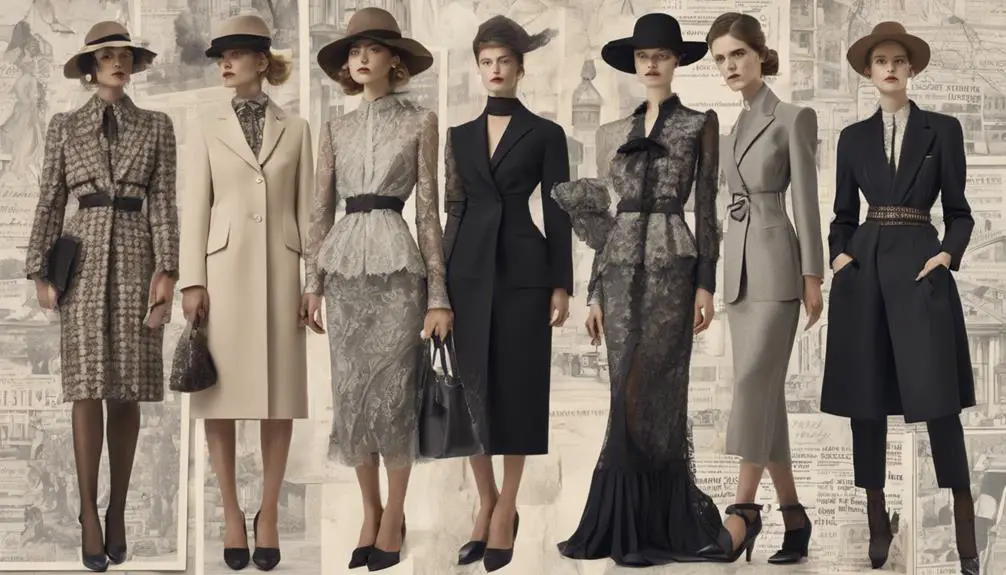
Germany boasts a rich tapestry of significant designers who have left an indelible mark on the fashion industry. Among these influential figures is Karl Lagerfeld, born in Hamburg, who became a major global icon for his innovative designs with fashion houses like Chanel. His first collection revolutionized the industry and set standards that endure today. Another key designer is Jil Sander, who began her career in the 1960s with a boutique in Hamburg, specializing in minimalist aesthetics and clean lines. Her brand, which she stepped away from in 2013, has shaped casual wear and continues to influence modern fashion.
Wolfgang Joop, the founder of the luxury brand JOOP!, is celebrated for his impeccable tailoring and luxurious designs. His contributions extend beyond fashion as he's also an author and a judge on Germany's Next Top Model. Then there's Philipp Plein, known for a more maximalist approach, integrating bold graphics and extravagant elements that attract celebrity followers, distinctly deviating from traditional German styles.
The Evolution of German Fashion
Evolving through decades of cultural shifts and historical milestones, German fashion reflects a dynamic interplay between tradition and innovation. With roots tracing back to iconic brands like Hugo Boss, established in 1924, and Adidas, founded in 1949, the landscape of German fashion has transformed remarkably. Post-reunification, Berlin emerged as a vibrant hub for avant-garde designers, marking a significant shift towards creativity and experimentation. The journey of customization and personalization in fashion has also gained momentum, allowing individuals to express their unique style through tailored pieces like vintage graphic T-shirts, which often embody cultural significance and nostalgia how to tailor a vintage graphic T-shirt.
As you explore the evolution of German fashion, consider the emotional journey it represents:
- The elegance of Hugo Boss tailored suits
- The sporty spirit infused by Adidas and Puma
- The minimalist aesthetics championed by Jil Sander
- The thrill of discovering new talent at trade fairs
- The pride of a booming industry generating €28 billion in revenue
The rise of sportswear brands coincided with the influence of minimalist designers in the 1960s, creating a unique blend of functionality and style. Major trade fairs, such as Bread & Butter Berlin and the International Men's Fashion Week in Cologne, have become essential platforms for showcasing emerging talent and elevating the global presence of German fashion.
Today, German fashion continues to thrive, with sportswear and high-end designs coexisting harmoniously. Whether you're drawn to the sleek lines of minimalist pieces or the vibrant energy of streetwear, the evolution of German fashion tells a story of resilience, creativity, and an enduring commitment to excellence. Immerse yourself in this world, and you'll discover a rich tapestry of design that continues to inspire and excite.
Cultural Impact on Fashion Trends
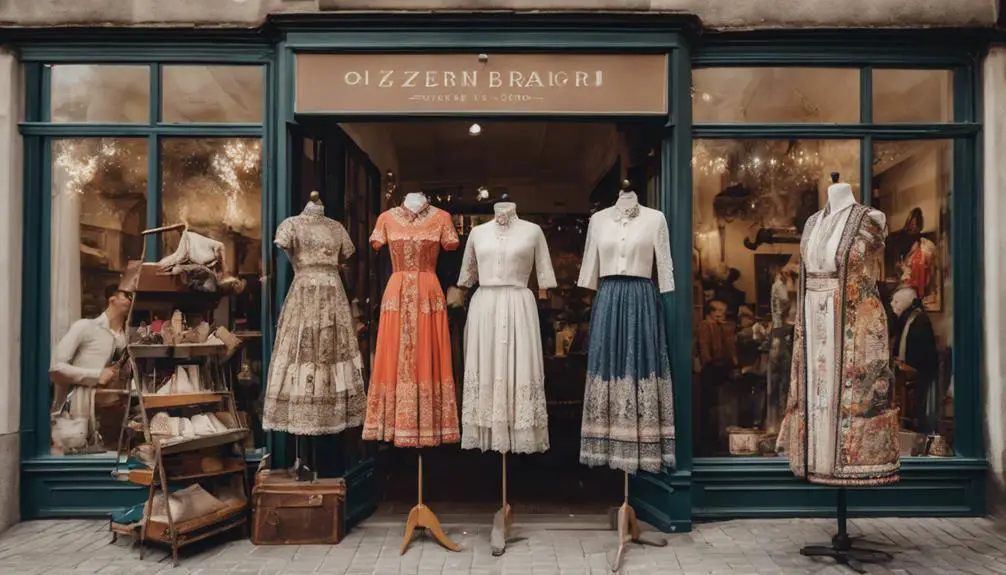
Cultural influences play a crucial role in shaping fashion trends, and German designers have adeptly woven these elements into their work. For years, they've drawn inspiration from their rich history and diverse cultural landscape. Take Hugo Boss, for instance, a company that started in 1924, originally making military uniforms and later evolving into a luxury apparel giant. This transformation reflects Germany's cultural shifts and significant moments, influencing contemporary design trends.
The minimalist aesthetic of Jil Sander, which emerged in the 1960s, is another great example. Her work pioneered the quiet luxury trend, impacting fashion philosophies around the globe. As you explore the cultural impact on fashion trends, consider the crucial role of fashion education hubs in cities like Cologne and Düsseldorf. These schools nurture emerging talents, shaping future trends and enriching the cultural fabric of the industry.
Berlin's rise as a fashion capital post-reunification has fostered a unique cultural exchange, resulting in innovative designs that resonate with modern social movements. Major events, such as Berlin Fashion Week, serve as platforms for designers to express their artistic visions, allowing them to share their cultural narratives with the world.
| Cultural Influence | Fashion Trend |
|---|---|
| Historical Significance | Luxury Apparel |
| Minimalist Aesthetic | Quiet Luxury |
| Education Hubs | Emerging Talents |
| Berlin's Diversity | Innovative Designs |
| Fashion Events | Cultural Narratives |
In this vibrant landscape, Germany's next generation of designers continues to thrive, opening their first doors to creativity and inspiration!
Frequently Asked Questions
What Is the Most Famous German Clothing Brand?
Picture yourself wrapped in the essence of German fashion—Adidas stands tall as the most famous brand. Its blend of streetwear trends, sustainable initiatives, and celebrity collaborations showcases the evolution of cultural influences in today's fashion landscape.
Which Fashion Brand Is the Oldest?
When considering the oldest fashion brand, you'll find heritage craftsmanship and historical evolution play essential roles. Iconic styles and cultural impact showcase brand longevity, while sustainability practices and market challenges shape its global influence and fashion milestones.
What Luxury Brand Is From Germany?
You'll find German luxury brands embodying rich fashion heritage and craftsmanship excellence, evolving with contemporary influences. They focus on global expansion and sustainable practices, showcasing iconic collections through designer collaborations that resonate worldwide.
Who Is the Most Famous German Fashion Designer?
You might say Karl Lagerfeld is the most famous German fashion designer, known for his iconic collections and cultural significance. His impact on fashion education programs and celebrity collaborations shaped the industry's evolution and sustainability efforts.
